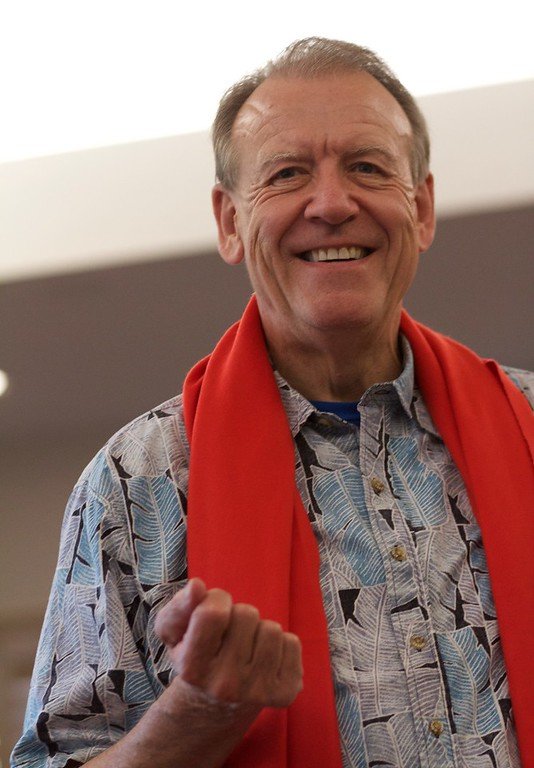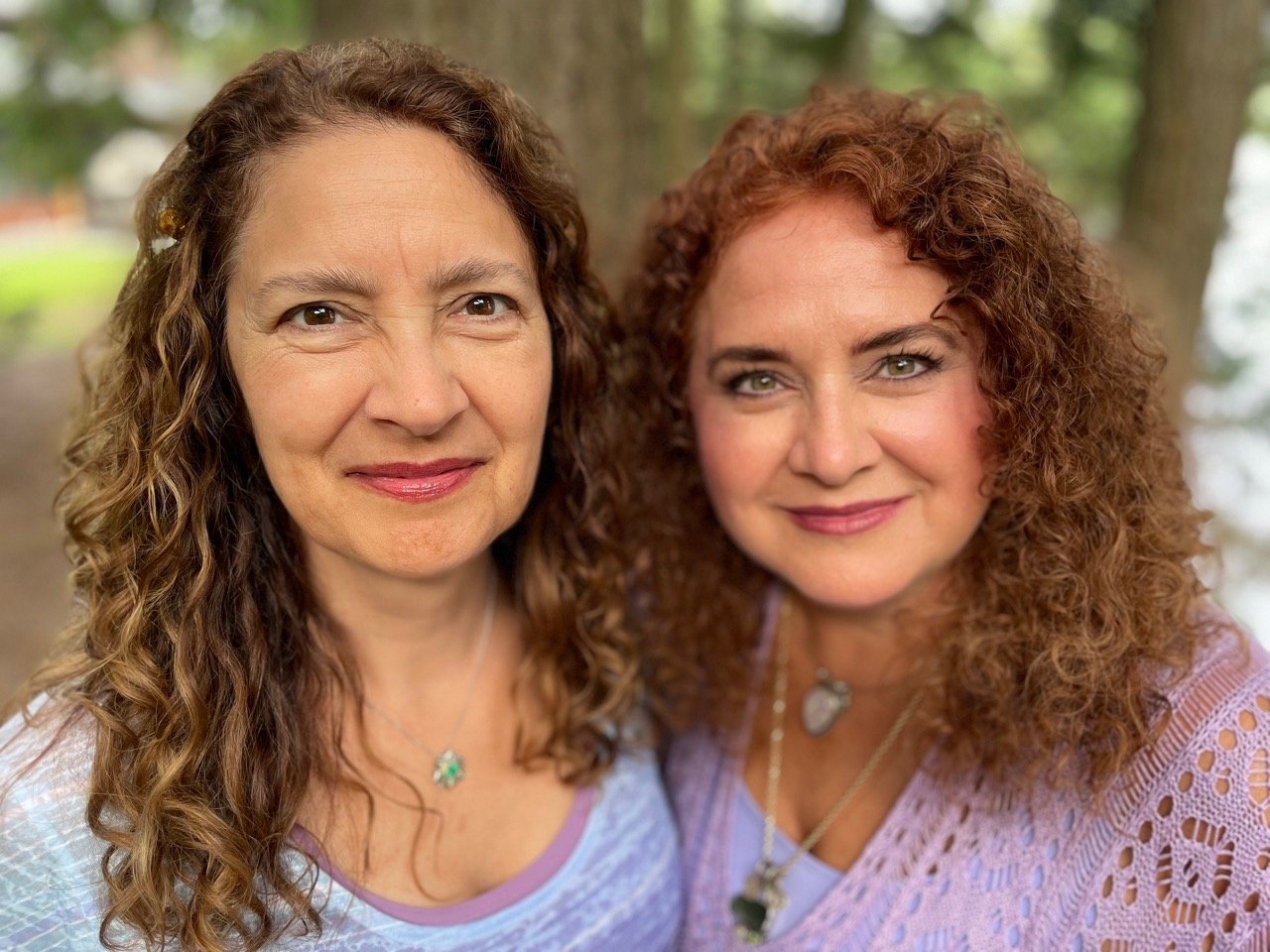Adapting to the effects of climate change requires resiliency, not just from governments and businesses, but also from individuals and their everyday commuting habits. It is the only way we can build a sustainable future while weathering the storm. For businesses, adapting to climate change goes beyond protecting the environment. It also means surviving and thriving in the future.
In this article, we will discuss how resilient businesses can stand strong in the face of climate-related challenges.
Why Resiliency Matters in Adapting to Climate Change
Resilience is crucial in adapting to the impacts of climate change. It means having the capacity to bounce back quickly when we're knocked down. Resilience is necessary to withstand extreme weather events such as floods, droughts, and hurricanes, and to reduce the potential for long-term harm. Building resilience can also help mitigate the impacts of climate change in the long term. Investing in resilient infrastructure, such as green roofs and permeable pavements, can protect communities from flooding and reduce greenhouse gas emissions. Resilience is not a luxury, it's a necessity if we want to adapt to the challenges that lie ahead. It is needed to create a more sustainable future for ourselves and future generations.
Risk Assessment and Management
In today's rapidly changing climate, a savvy business understands the imperative of risk assessments to confront potential environmental challenges. But it's not enough to simply check the box and move on. To truly fortify their resilience, a wise enterprise invests in analysing these risks with a discerning eye, prioritising them based on their potential impact. Only then can they craft effective risk management plans, ready to withstand even the most daunting of scenarios. Yet, it doesn't end there. A truly resilient business remains nimble, consistently updating its risk assessments as new data and insights come to light. This adaptability allows them to stay ahead of emerging risks, a crucial asset in today's ever-changing landscape.
Adaptation Planning
In the face of an ever-evolving climate, a resilient business recognises the need for targeted adaptation plans designed to suit the unique risks they face. These plans go beyond just identifying potential threats. Instead, they leverage specific changes to operations, infrastructure, and supply chains to reduce vulnerability and build enduring fortitude. With such foresight and agility, a savvy enterprise can not only weather the storm but thrive in the midst of uncertainty, carving out a path to sustainable success.
Diversification
A truly resilient business understands the importance of diversification - in operations, supply chains, and beyond. By broadening their horizons, they reduce their dependence on any single geographic region or resource, effectively insulating themselves from the impacts of climate change. This means looking for alternative sources of raw materials and energy or even exploring new markets altogether. Doing so not only mitigates risk but also sets a business up for sustained growth and prosperity. In today's ever-shifting landscape, a willingness to adapt and explore new horizons is not just smart business - it's essential for survival.
Innovation
A resilient business doesn't just rely on old strategies to weather the storm of climate change. Instead, they cultivate a culture of innovation - one that encourages employees to think outside the box and develop novel solutions to complex challenges. By embracing emerging technologies, business models, and approaches, such an enterprise stays ahead of the curve. They adapt to evolving conditions and identify new opportunities that arise as a result of climate change. Through a willingness to experiment and explore new frontiers, a forward-thinking business can not only survive but also thrive. In the process, transforming adversity into opportunity and charting a path to long-term success.
Collaboration
Resilient businesses don’t just go it alone - they understand the power of collaboration. By working hand-in-hand with other stakeholders - from governments and NGOs to local communities - a savvy enterprise can develop the effective strategies needed to tackle the long-term challenges of climate change. Fostering collaborative partnerships and engaging with relevant stakeholders allows a business to tap into valuable insights and support. In turn, this builds the resilience needed to thrive in an ever-changing world.
In short, the path to success isn't a solitary journey - it's a shared one. It’s built on the foundations of trust, partnership, and the willingness to work together towards a common goal.
Climate-Related Financial Disclosure
The disclosure of financial risks and opportunities related to climate change is known as climate-related financial disclosure. It is an essential tool for businesses to manage their exposure to climate change risks and identify opportunities for growth and innovation. Resilient businesses recognise the importance of climate-related financial disclosure as it helps identify and mitigate climate change risks. It also provides stakeholders with a better understanding of the company's exposure to climate change. Climate-related financial disclosure also helps companies demonstrate their commitment to sustainability and responsible environmental practices, attracting investment from environmentally conscious investors.
Summing Up
Climate change presents significant challenges for businesses of all sizes and industries. However, by building resilience, businesses can effectively adapt to these challenges and position themselves for long-term success.
If you want to learn more about resiliency in business, contact QED.
Guest Author
Katie Pierce is a teacher-slash-writer who loves telling stories to an audience, whether it’s bored adults in front of a computer screen or a bunch of hyperactive 4-year-olds. Writing keeps her sane (most of the time) and allows her to enjoy some quiet time in the evening before she walks into a room of screaming kids (all of whom she loves dearly) the next morning.












































